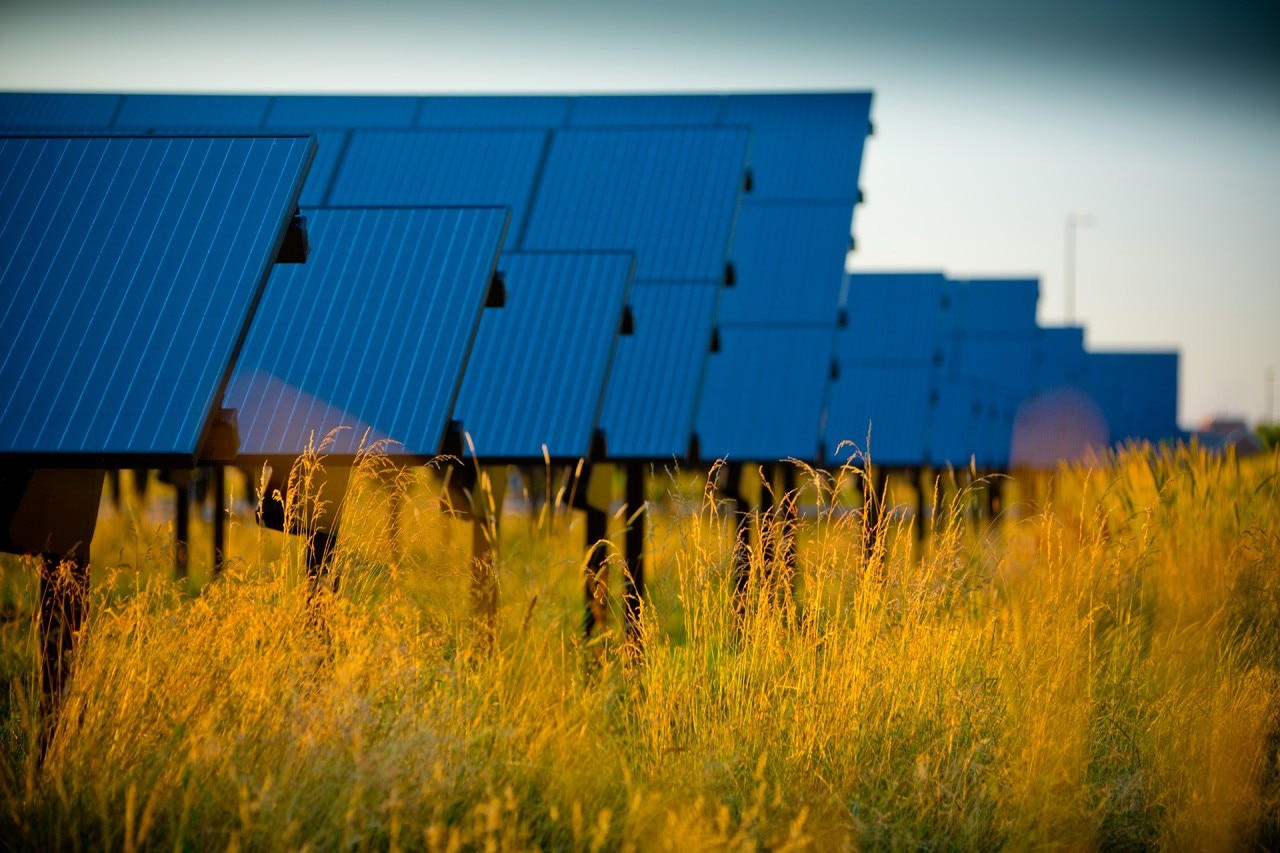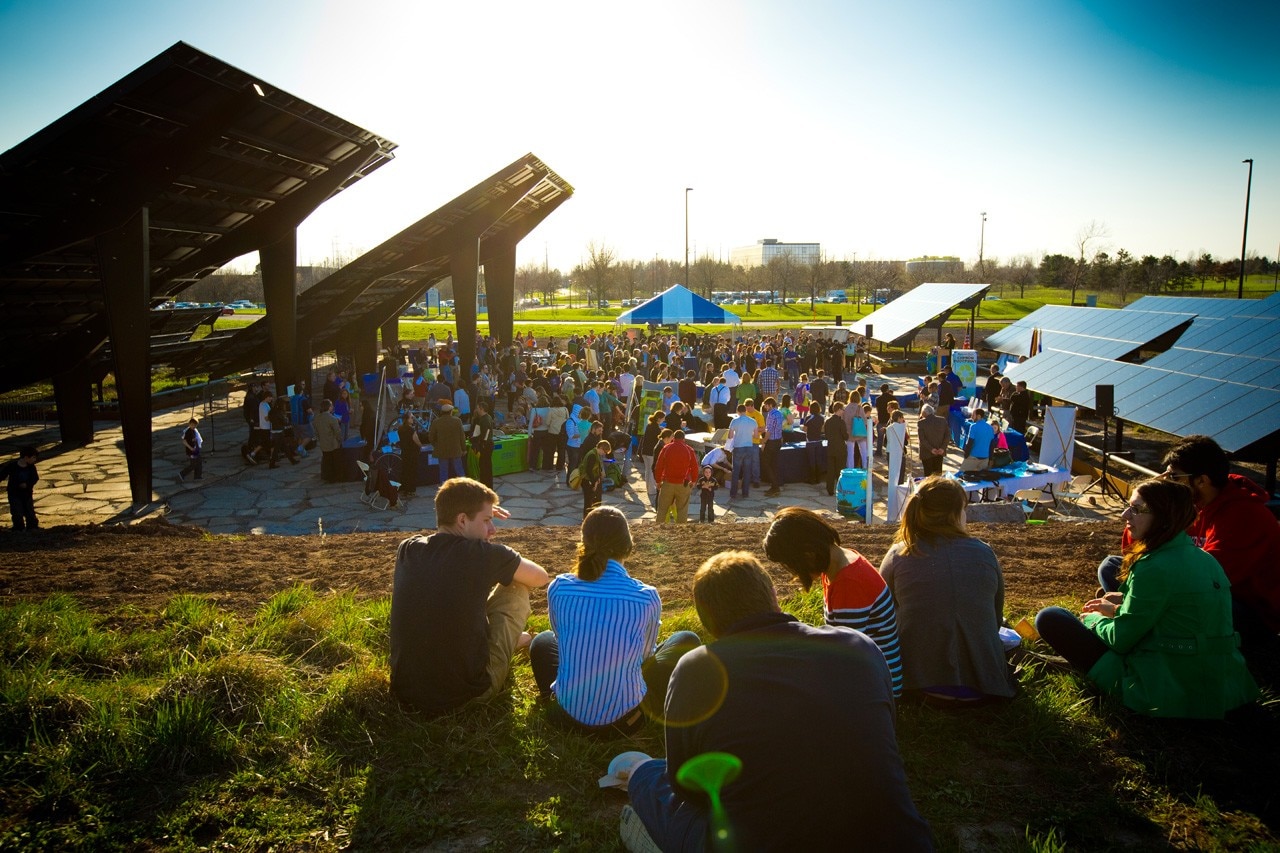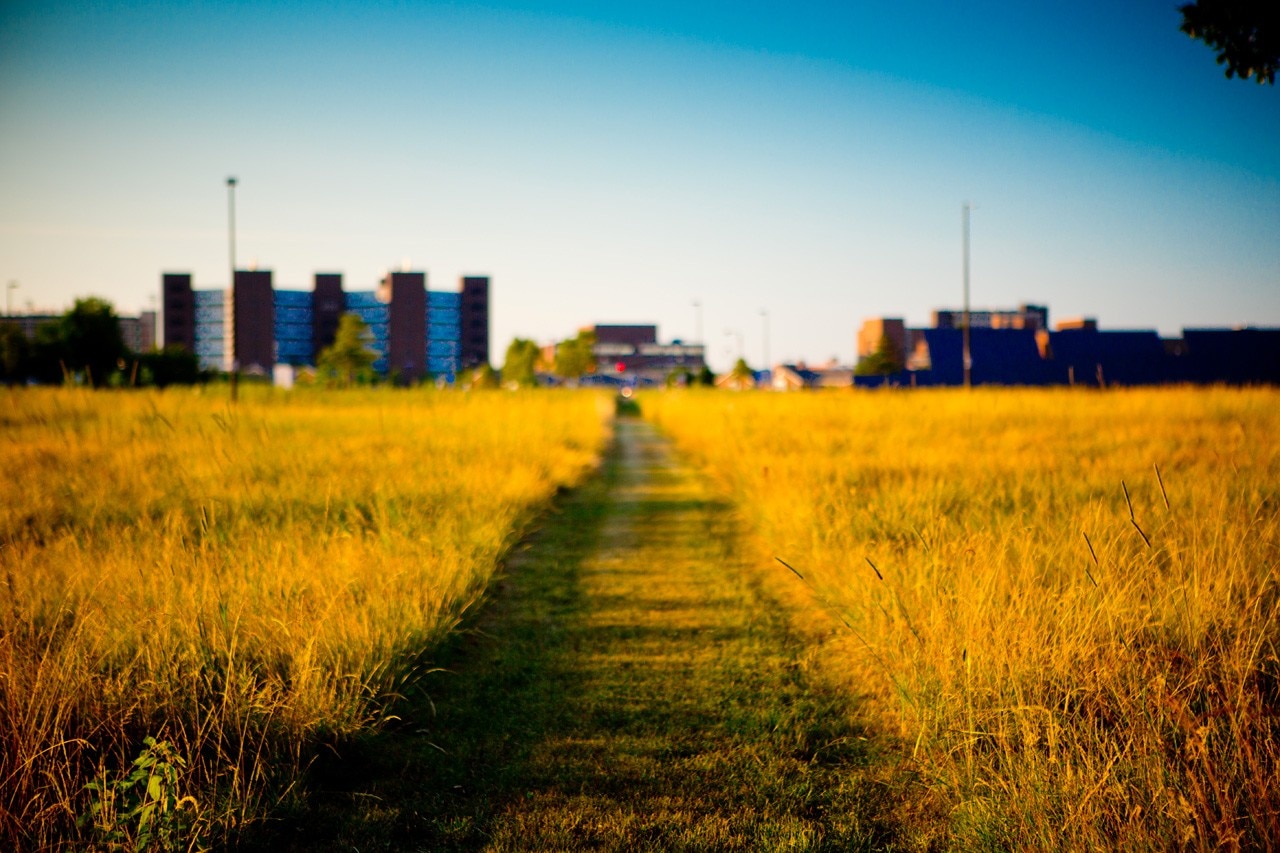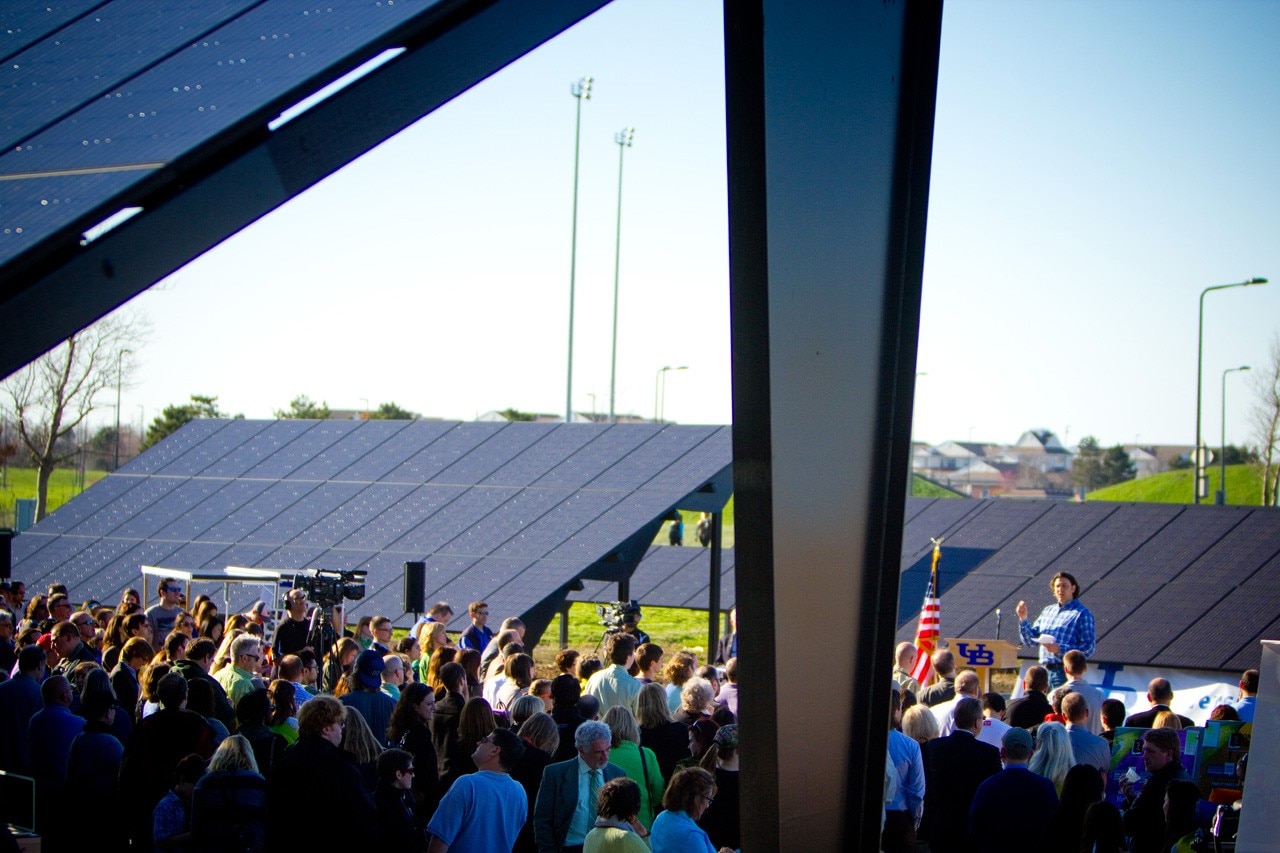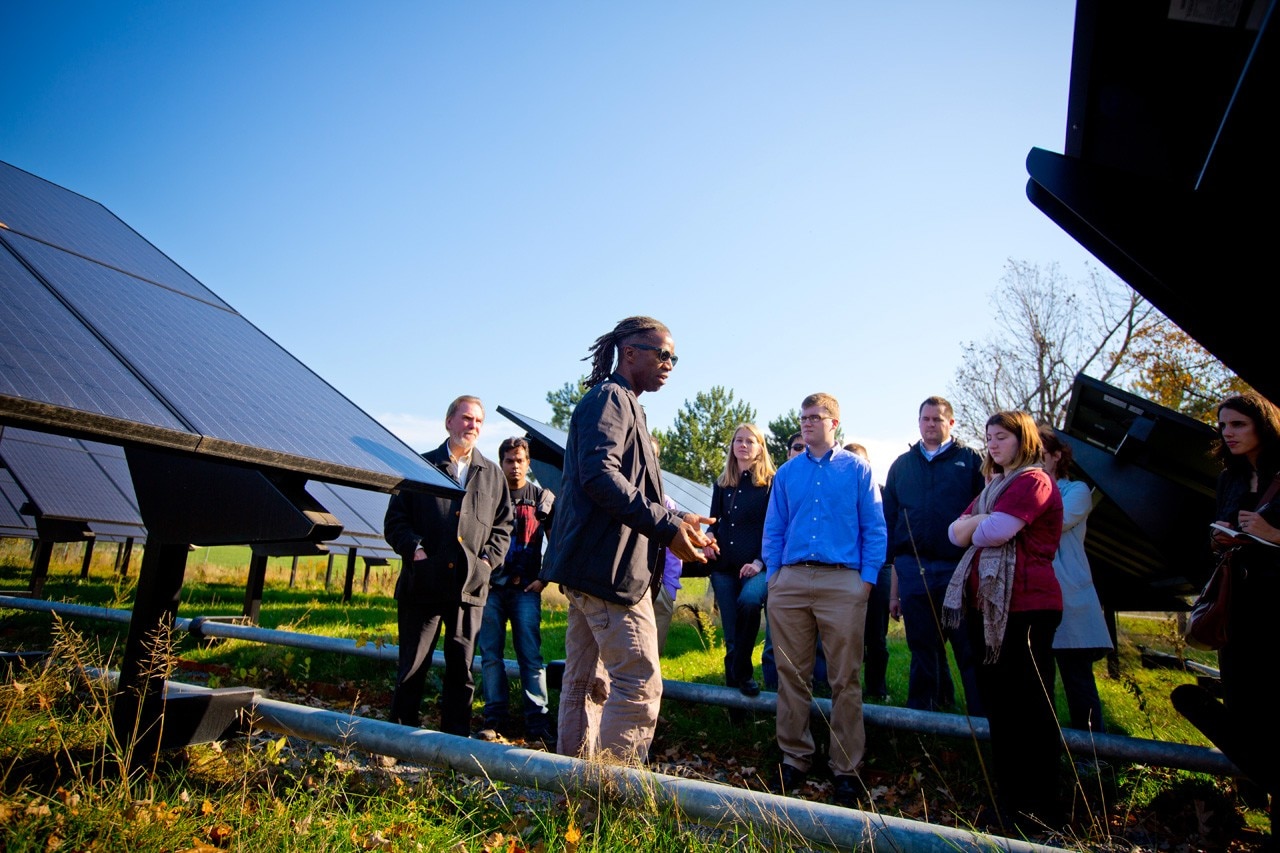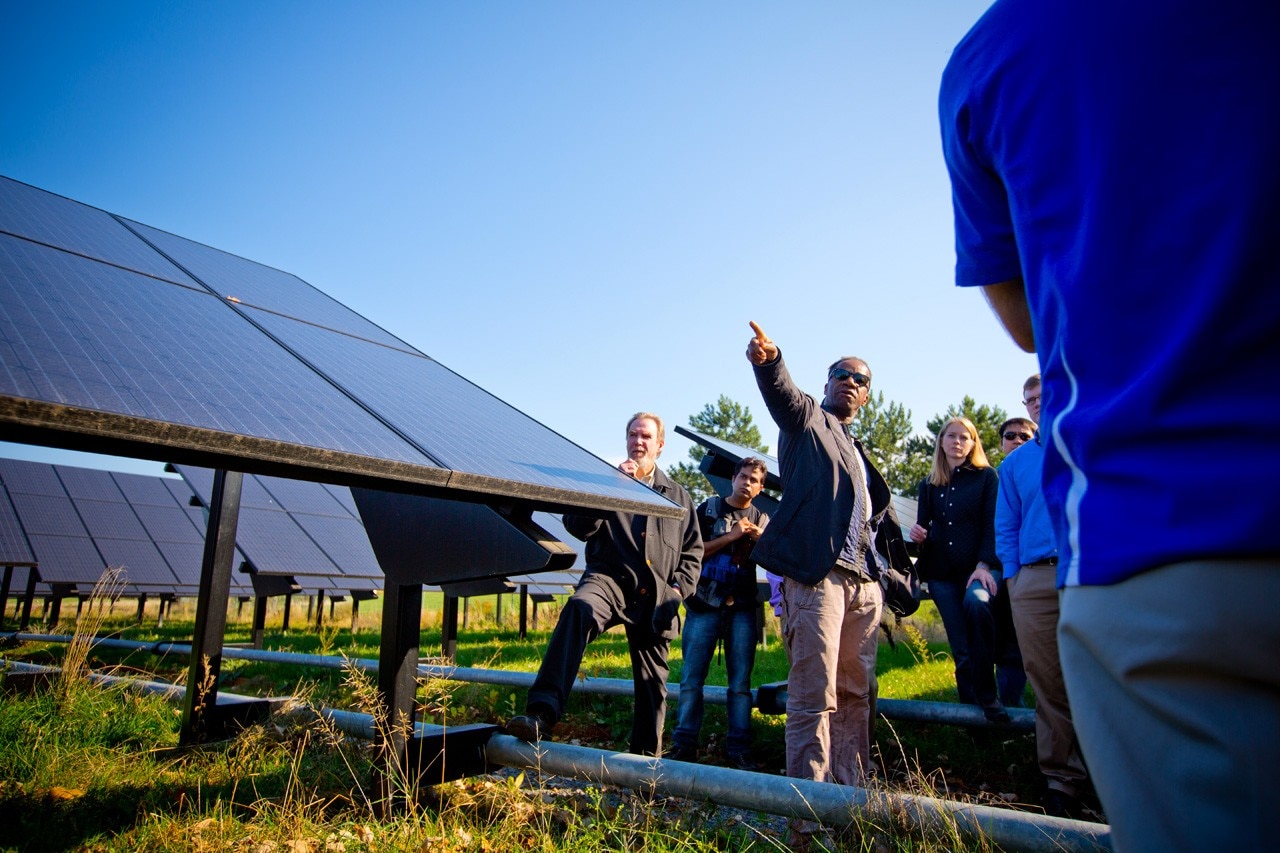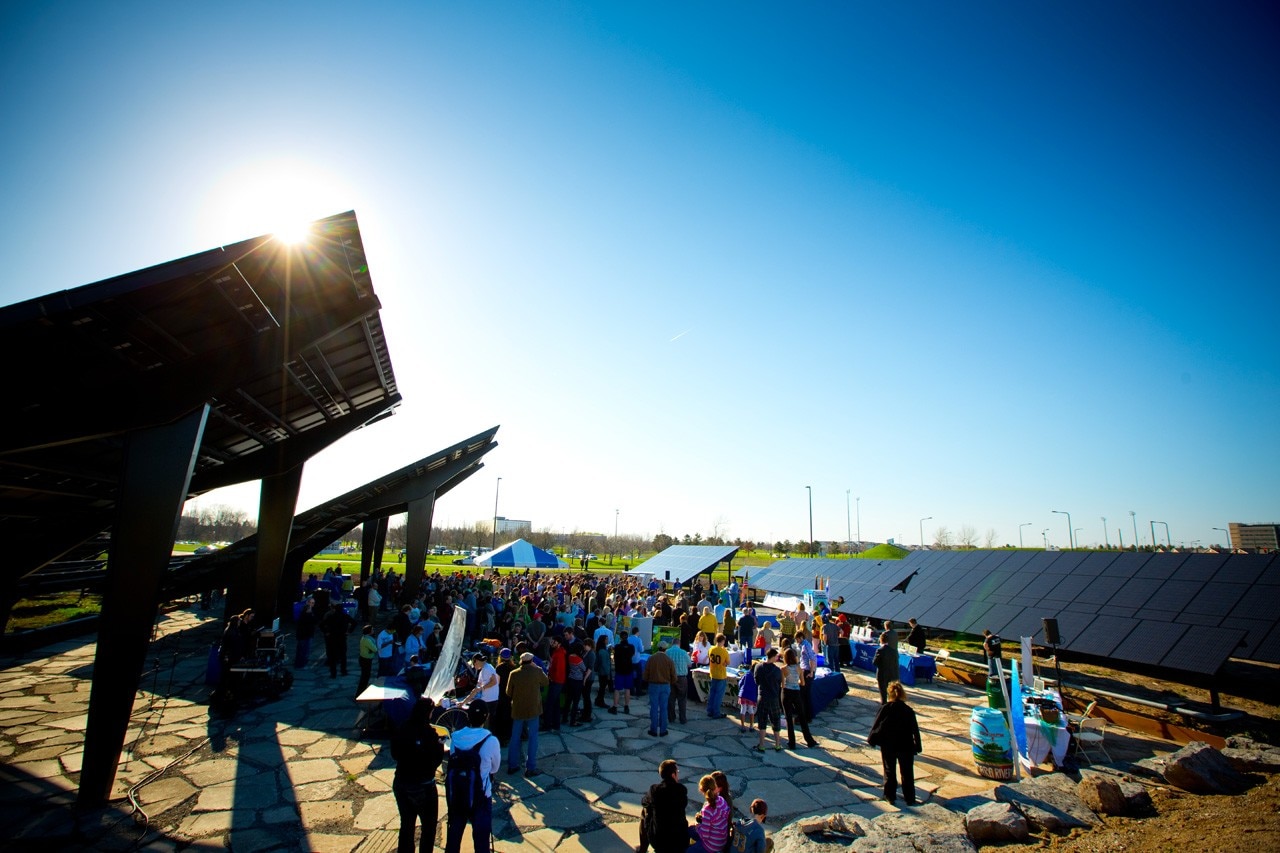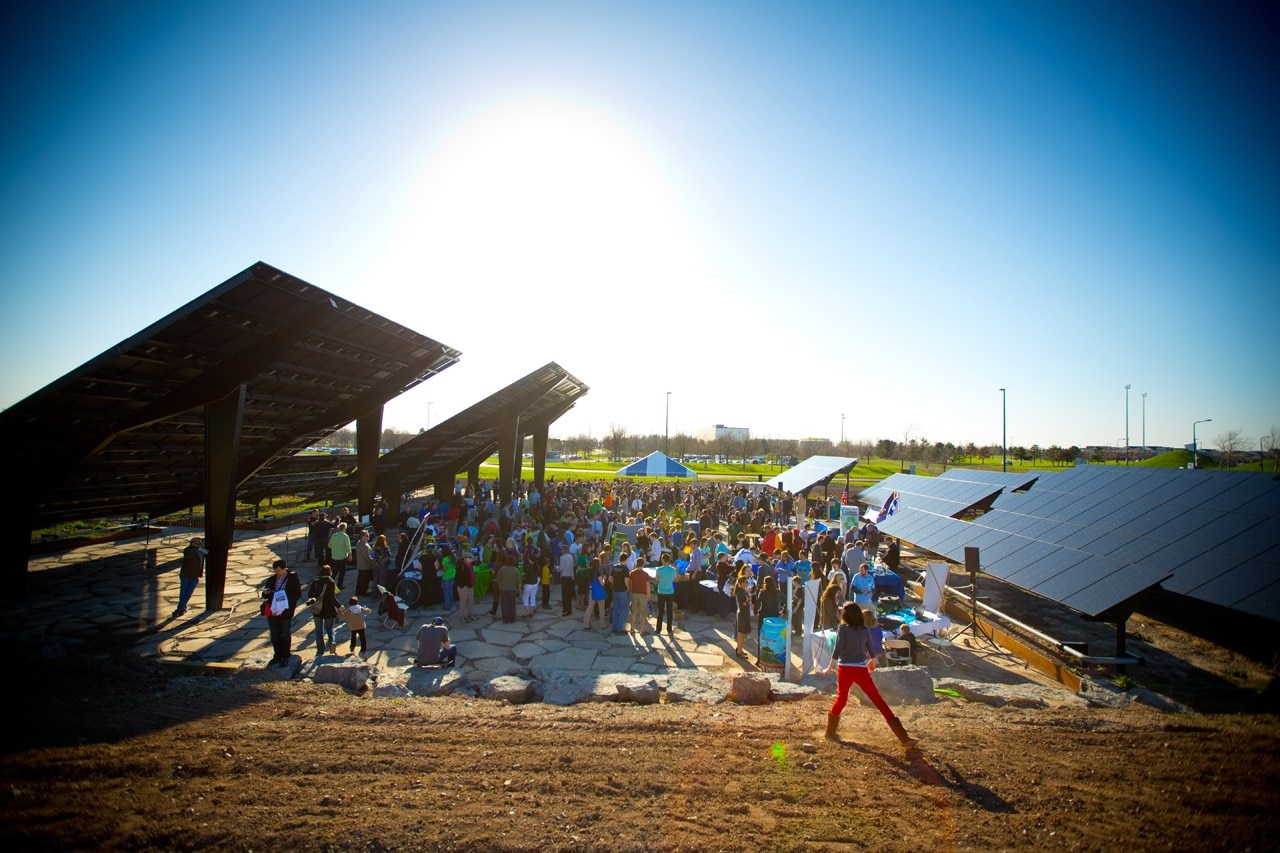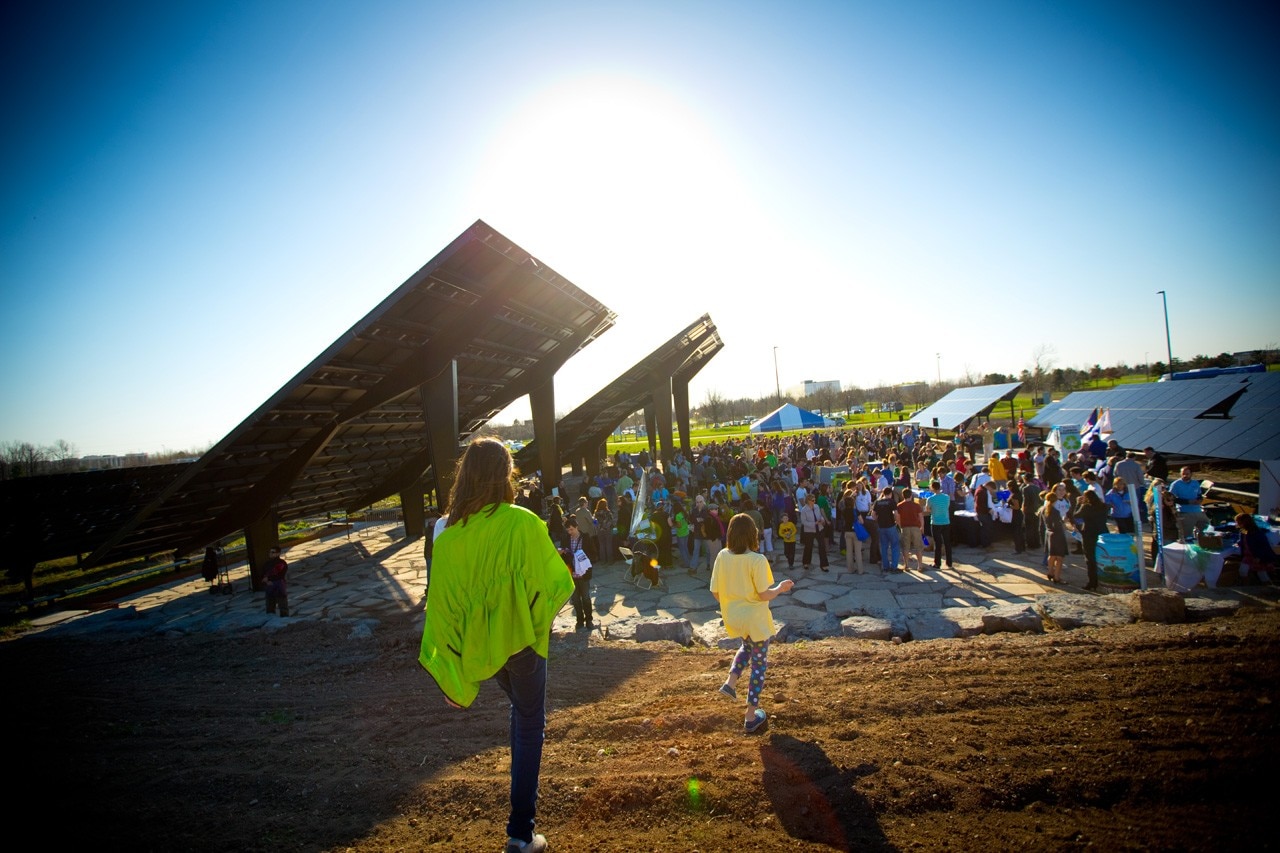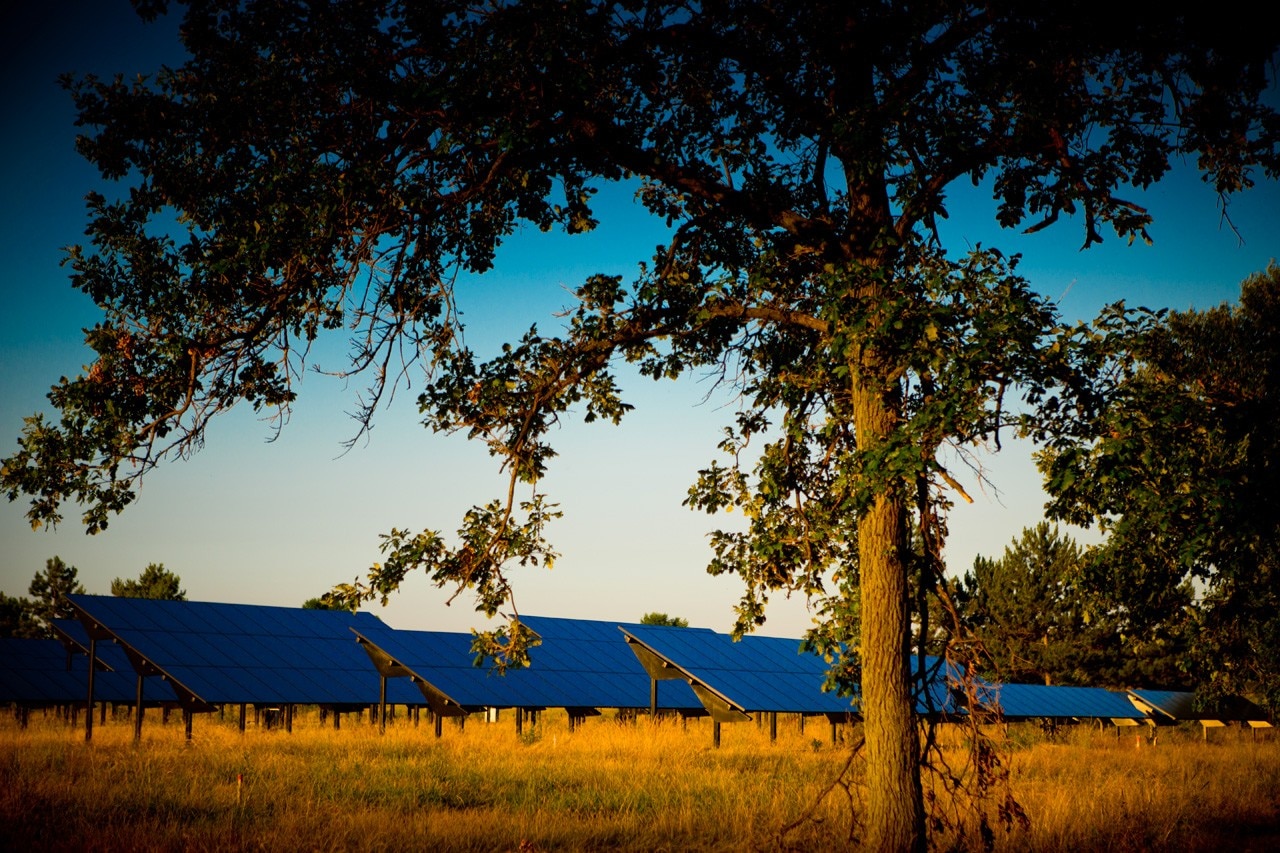
Alessandra Scognamiglio: How did you come to this opportunity to guide the vision for UB’s Solar Strand for the campus of the University at Buffalo?
Robert G. Shibley: My involvement in the Solar Strand was the natural extension of my role in a long series of planning projects, both at the university and for the broader community. As the President’s Advisor for Campus Planning and Design (2006-10), I led the development of a master plan for UB’s 10 million gross-square-foot, three-campus footprint. The plan strives to connect our campus with the surrounding community while creating beautiful places that promote discovery. As chairman of UB’s Environmental Stewardship Committee, I worked closely with university leaders and community members to create a Climate Action Plan to achieve climate neutrality for the UB campus by 2030. Before that, I directed a series of planning efforts for the City of Buffalo, including its comprehensive plan. The two strands of work – planning and design for UB and our region – came together because UB leadership recognized that our responsibility in the evolution of our campus extends to the community. More recently, as Dean of UB’s School of Architecture and Planning, I have had the opportunity to put a scholarly and pedagogical lens to this work, essentially turning the development of our campus, city and region into a living laboratory for our faculty and students. And so it is from this context of place-making, region-building and a commitment to sustainability and advanced research that the Solar Strand has evolved.

AS: The scope of this interview is to understand how it was possible to turn a simple energy infrastructure into a matter of culture and, specifically, a hybrid landscape where people can “thrive”.
RS: In 2009, the New York Power Authority (NYPA), a state agency, approached UB with an interest in constructing a conventional ground-mounted photovoltaic solar array. The system was to stretch across several acres at our campus entrance, all sealed in chain link fence. University leadership, including myself, raised significant concerns about placing a “power plant” at our campus gateway. With the project and the $7.5 million committed by NYPA in jeopardy, my part was to suggest that good design could generate a more interesting entrance to our campus and still deliver the power. We envisioned a solar array that would be accessible, integrated into our curriculum, relevant to our community, and representative of a new design vocabulary for solar installations across our region and world. To transform a simple utility field into a land art installation, we mounted an international design competition that asked artists to consider solar panels as their medium and our campus gateway as their canvas.
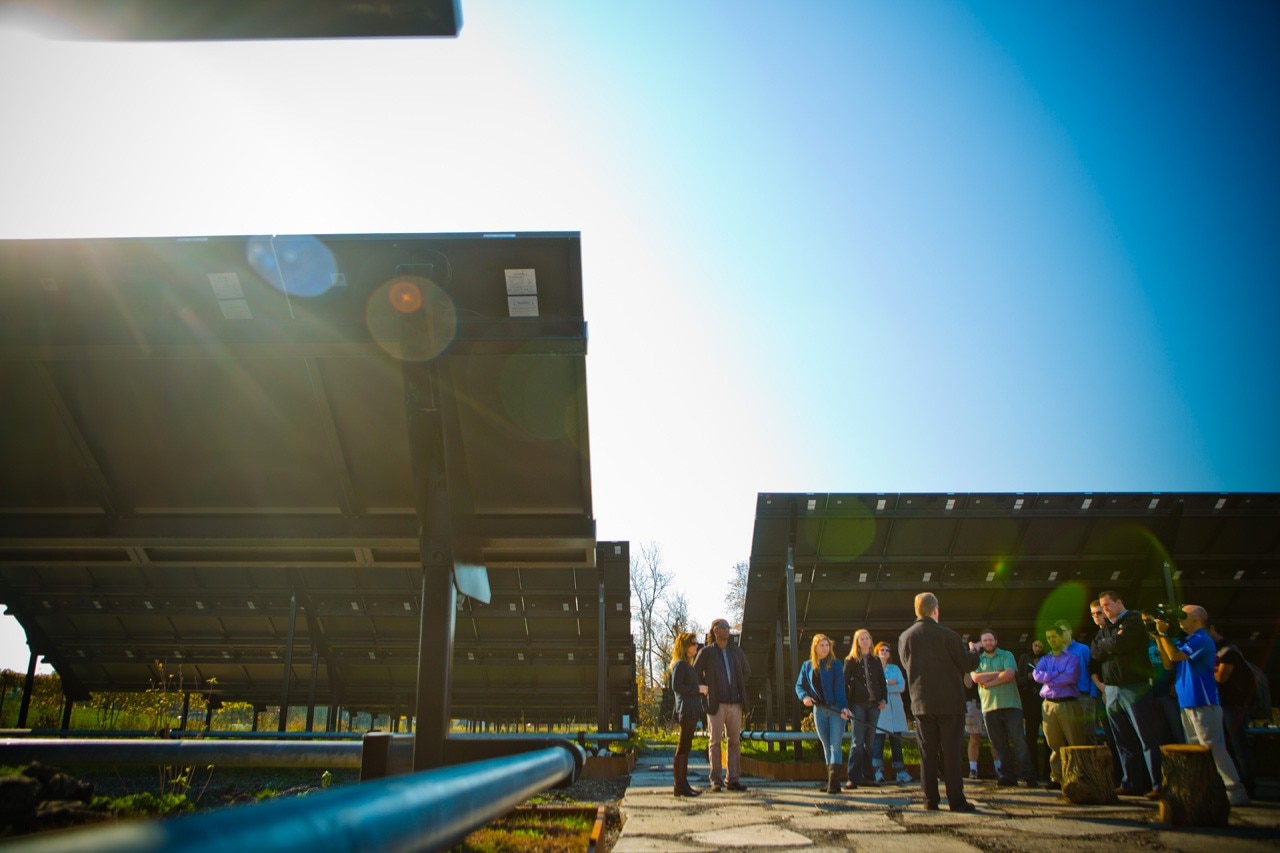
AS: How did this vision then evolve into the brief you gave the designers invited to enter the competition.
RS: The invitation wasn't a lengthy document. We didn’t pretend to know what was success other than it had to be a great entrance to the campus, it had to deliver the power specified by NYPA, and it needed to suggest who we are as a major public research university. We acknowledged that we were presenting the opportunity to make art from something that tended to be somewhat pedestrian, and that was increasingly subject to “Not-In-My-Backyard” obstruction. I think for some artists that's a very interesting challenge. We also gave them 15 acres to play in – a large-scale, contextually nuanced arrival, in the midst of a major regeneration area with a meandering creek and vernal pools. The site also featured a large, chilled water plant and generator system behind grassy berms. In the end, we sent the competition brief to a large number of top artists from around world, and received statements of qualification from 23 of those artists. Our selection committee, in addition to my position as chair, consisted of two art curators, a visual artist and professor from UB, and technical and engineering staff from the university and NYPA.
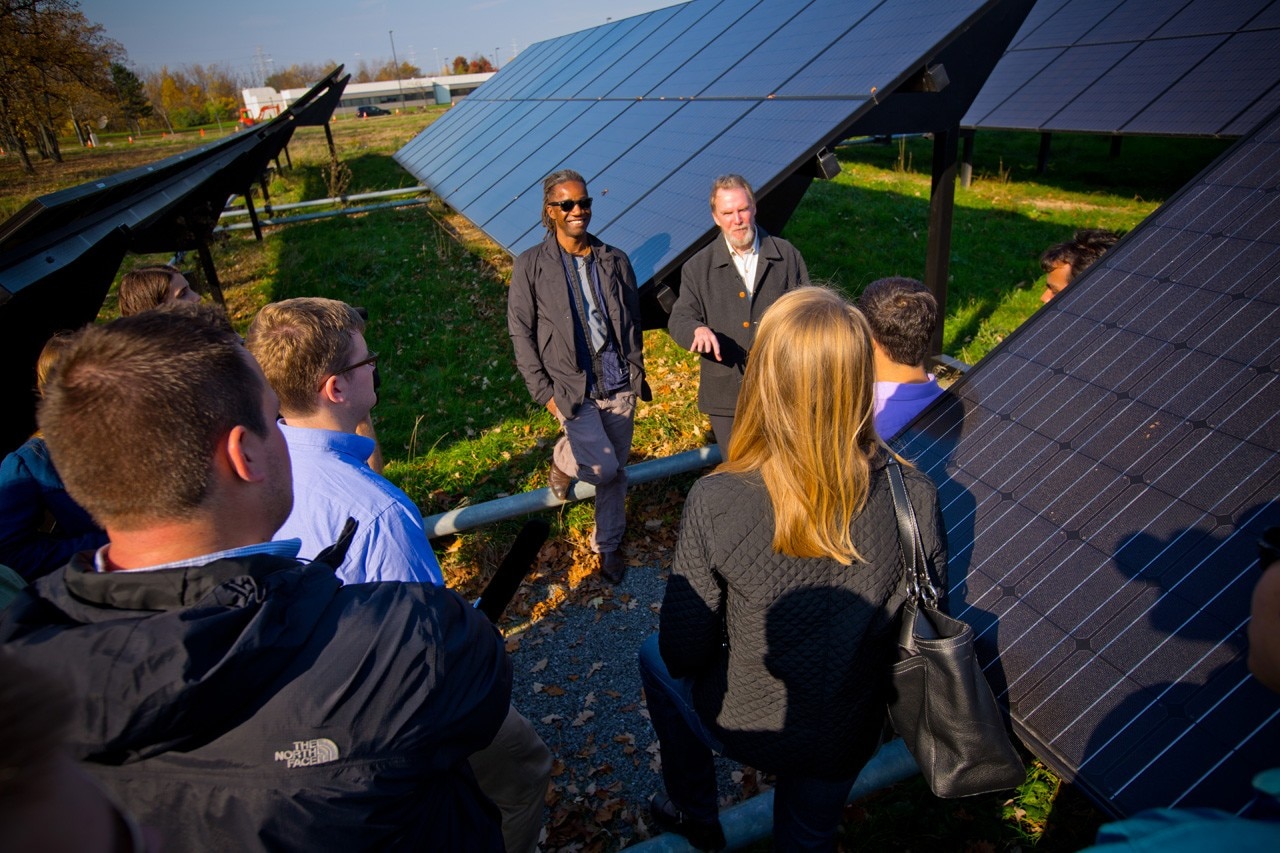
AS: The project of Walter Hood is one of the most innovative approaches to photovoltaics in recent years. It doesn’t just use special components, or arrange them in a nice way, but re-thinks a standard action. How did the committee evaluate this project and weigh it against the other finalists?
RS: All three of the finalists were extraordinary. Diana Balmori, a New York City-based landscape and urban designer, gave us an object framed in the landscape. It was serpentine in shape with the metaphor of a snow drift taking the form of a “solar drift.” Vito Acconci, an American designer and landscape architect, brought us a very provocative district – a park that was set apart and different from any other place on the campus, with the panels themselves like clouds that floated above and reflected back the site’s hills, valleys and vernal pools.
Walter Hood’s vision was to build the installation into our campus, embedded in the landscape and connected to everything else. The jury was struck by his thoughtful response to the history, geography and ecology of the campus, from the way he envisioned the Solar Strand feathering into the wildness of the creek on the site to its non-invasive treatment of the indigenous vernal pools. Even in laying out the pathways to the Solar Strand, Walter envisioned a mowing regimen that would establish a rhythm that continues from the Solar Strand and extends across the campus. Walter keyed in on the part of our invitation that said: “Make us a great entrance to our campus.”
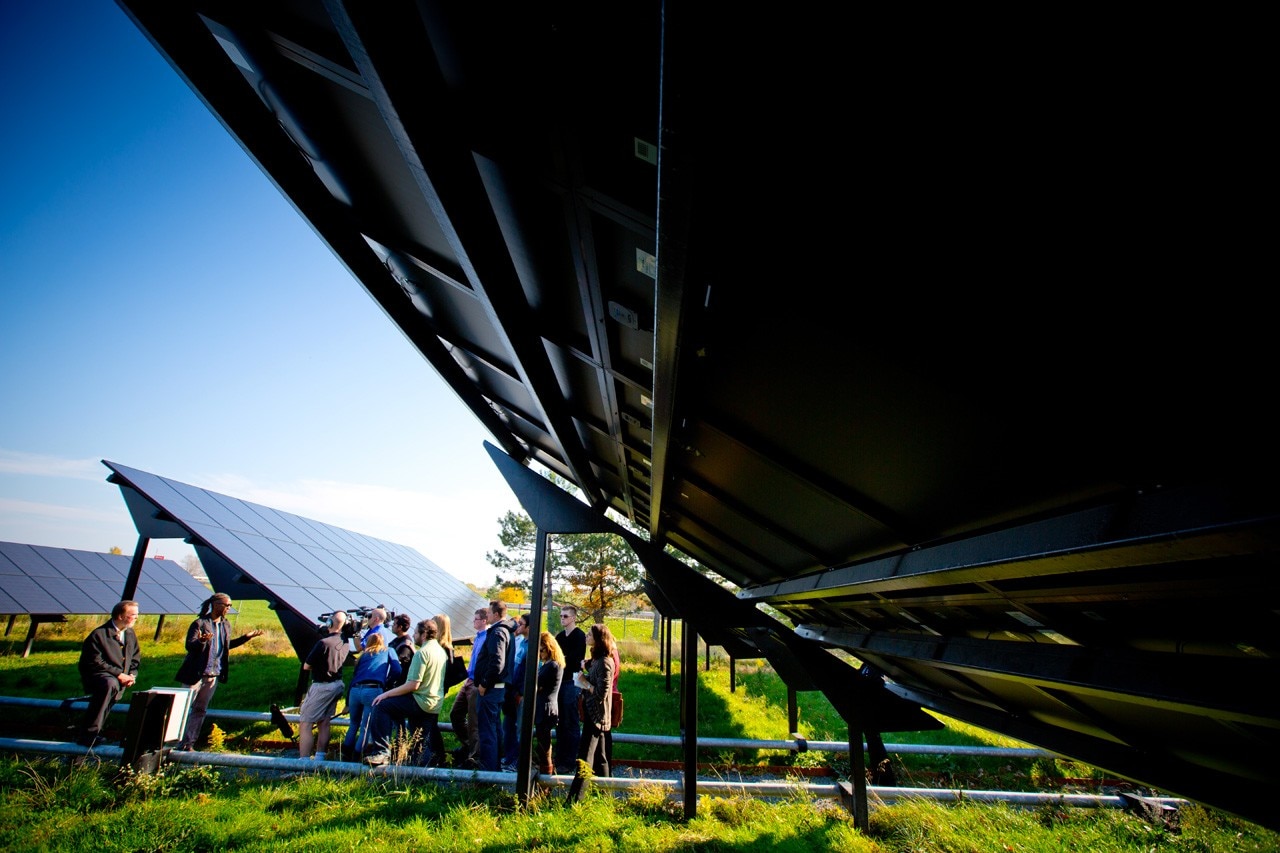
AS: The Solar Strand is part of a more systemic and complex ecological renovation of the UB campus. Could you briefly describe what is happening right now with the landscape around the Solar Strand?
RS: The insertion of the Solar Strand into our landscape is consistent with an evolving understanding of how to make our campus a more beautiful, lovable and sustainable place. Our “North Campus,” where the Solar Strand is sited, was the product of a late 1960s high modernist master plan that, among other things, involved a pervasive reorganization of the site’s topography. The disturbed soils have been a poor substrate on which to grow a campus. We see the work ahead as one of restoration and repair, as evidenced by the extensive regeneration areas we have established. Once kept formally as lawns, these areas are now left free to re-establish a more functional and frankly beautiful ecology.
The project has also involved extensive recycling and repurposing of campus materials, including 1,000 tons of bricks and concrete from campus renovation projects that now form the strand’s cobbled brick and flagstone paving. We have also added new trees in and around the strand to reinforce the geometry of the site. The Solar Strand’s mowing regimen, proposed by Walter and further developed with our campus mowing crew, reflects a more efficient and sustainable approach to maintaining the campus landscape. It also turns our mowers into artists, designing as they cut. Concurrent with UB’s ecological restoration is a series of new construction projects that has significantly enhanced the campus through good architecture and design.
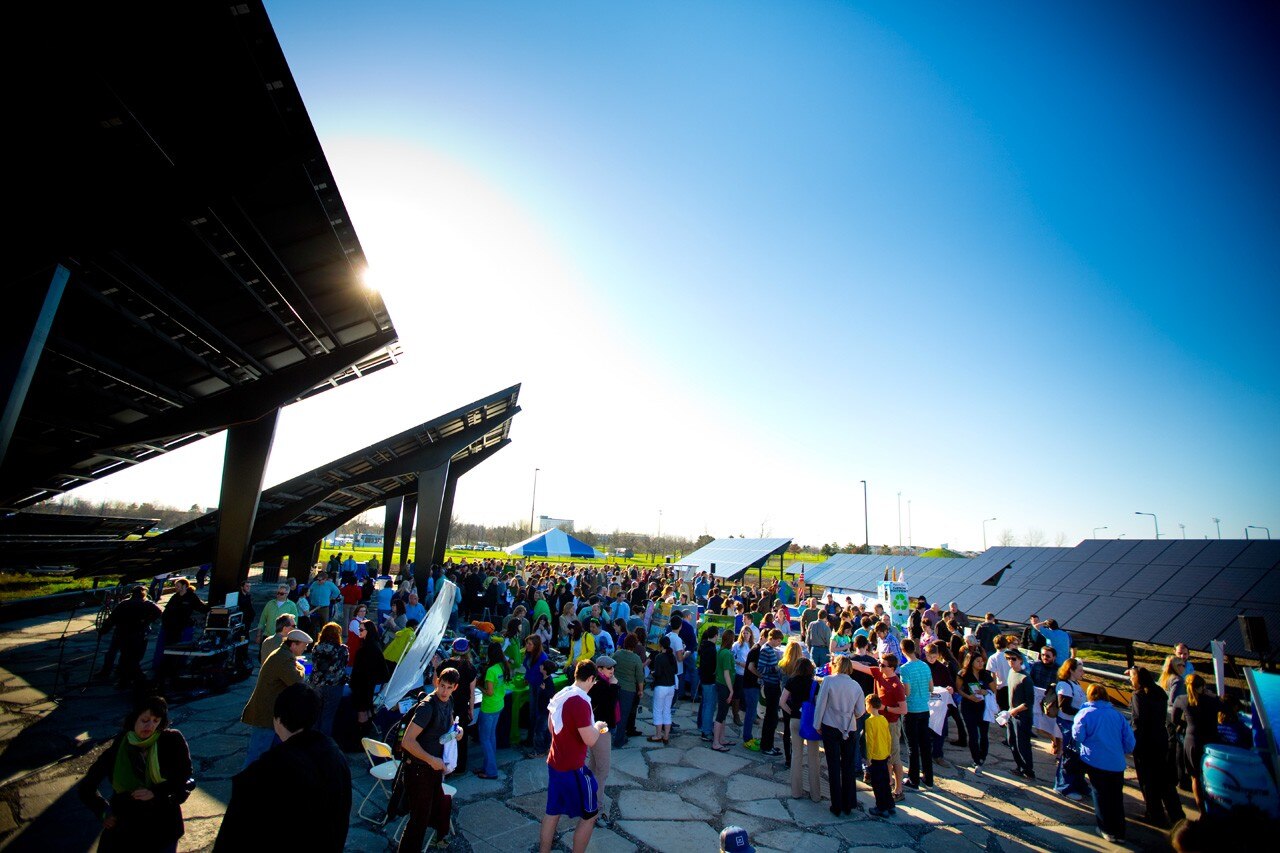
AS: Walter Hood often mentions the importance of people, as well as the landscape itself, to any project. It is easy to imagine that the Solar Strand has generated “reactions” on the people and on the landscape itself. You are a special witness of this process. Could you describe how the Solar Strand has changed life on the campus?
RS: We made a decision early on that this was a place that needed to be occupied, to be inhabited. Every decision attempted to balance functionality with form toward the goal of accessibility. For instance, Walter’s vision used the metaphor of DNA representation in gel packs to create a modular component consistent with most formal solar installations. If he stopped there, the abstraction would not have delivered the three dimensional, human-scale experience. So the lowest level bracket is set at the height of a human being, about 4 feet. You can see over and around it. As you move through the double and triple stacks, there’s a rhythm in the landscape. From the inside, one is always grounded in multiple views and perceptions. From the outside, you don’t see a monolith, but staggered heights, scaling up and down. Also, what might seem purely a technical function – two steel pipes that run the length of the strand to enclose a vast network of wiring – is also a human element, as visitors have come to use these as seats or foot rests. In some spots, the steel piping is set back so visitors can get up close and touch the panels.
The Solar Strand’s two largest panel sets rise to 28 feet, forming an almost cathedral like public plaza space. We see this as an active laboratory and outdoor classroom. Already we have invited school children for tours and convened classes there for disciplines as diverse as architecture, biology and engineering. On April 22, 2013 – Earth Day – we celebrated the installation’s opening to the public with a “party in the strand,” complete with live music, local food and tours. Here we saw almost 400 guests, young and old, spilling into the pathways to explore, touch and discover. The Solar Strand has become a place of engagement, inspiration, learning and the enjoyment of our natural world.
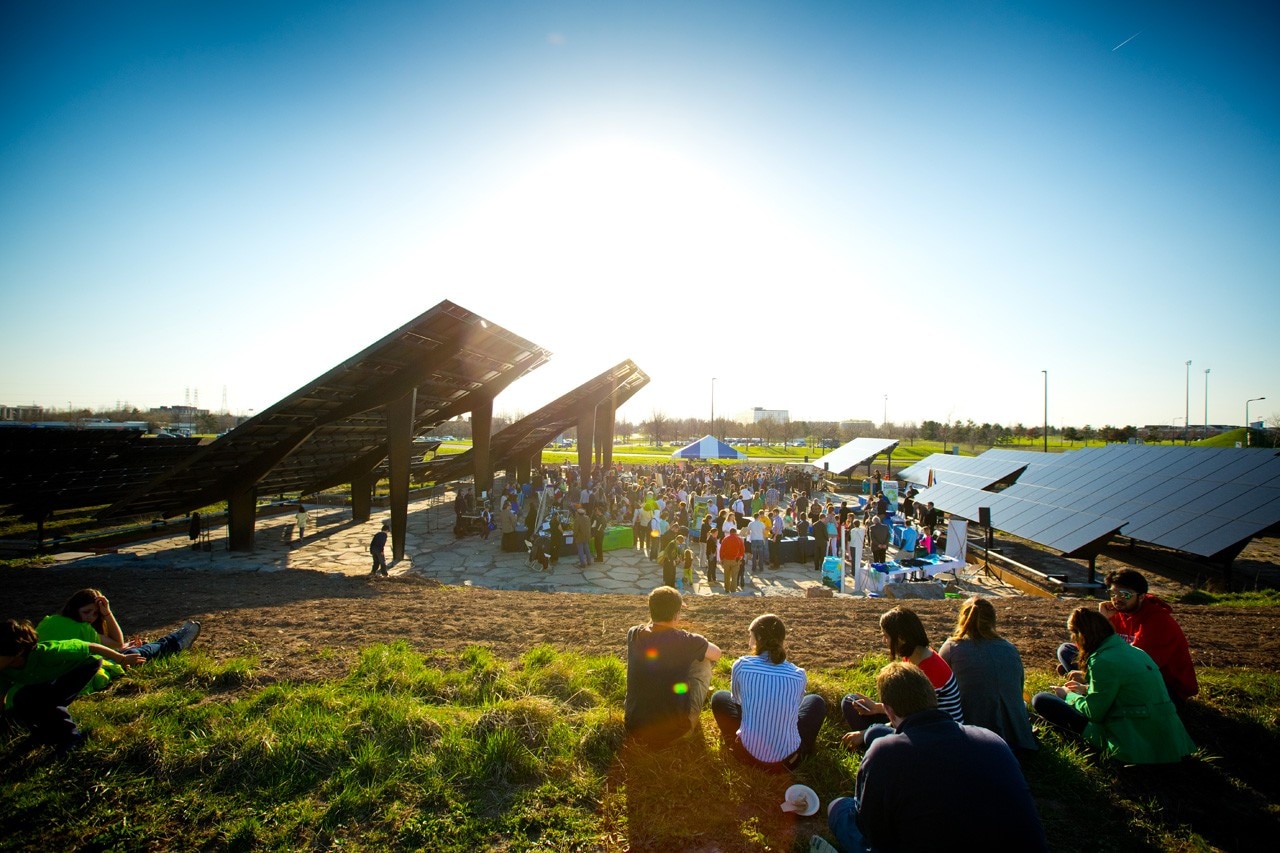
AS: The experience of the University at Buffalo Campus is one of the most interesting research experimentations on PV. What were the difficulties you had to overcome, and what advice you can give people (architects, administrators) who would like to follow the same path?
RS: It was a huge challenge to negotiate the tension between an otherwise standard industrial project and a work of art. When NYPA made their award they had already selected a contractor and were prepared to install a conventional “rack-and-stack” solar utility. As design and planning proceeded it became clear that the actual cost of even the conventional design would exceed the budget.
One of the first compromises was to scale back total capacity from 1.1 megawatts to 750 kilowatts.
But there was much more to the negotiation than that. We got through it mainly because all the parties – NYPA, UB leadership, the contractor and, most of all, the artist – were flexible enough to get the job done. It was inspiring to watch Walter make dozens of critical decisions about which cost-saving changes could be made – and which changes had to be resisted – on the way to realizing his artistic vision. As is often the case with public art, the contest across technology, culture, politics, finance and art is part of the performance.
Finally, the use of a public design competition was crucial. It inserted a fairly elaborate step into a project that would be otherwise “off the shelf.” The competition helped us resolve the conflict between those at the university and in the community who saw the originally proposed project as “ugly,” and those who supported it solely on the basis of its advancement of renewables. The competition created a common ground where both sides could see their interests reflected. In the end, we surprised both sides and delivered a much more interesting project than anyone ever imagined.
